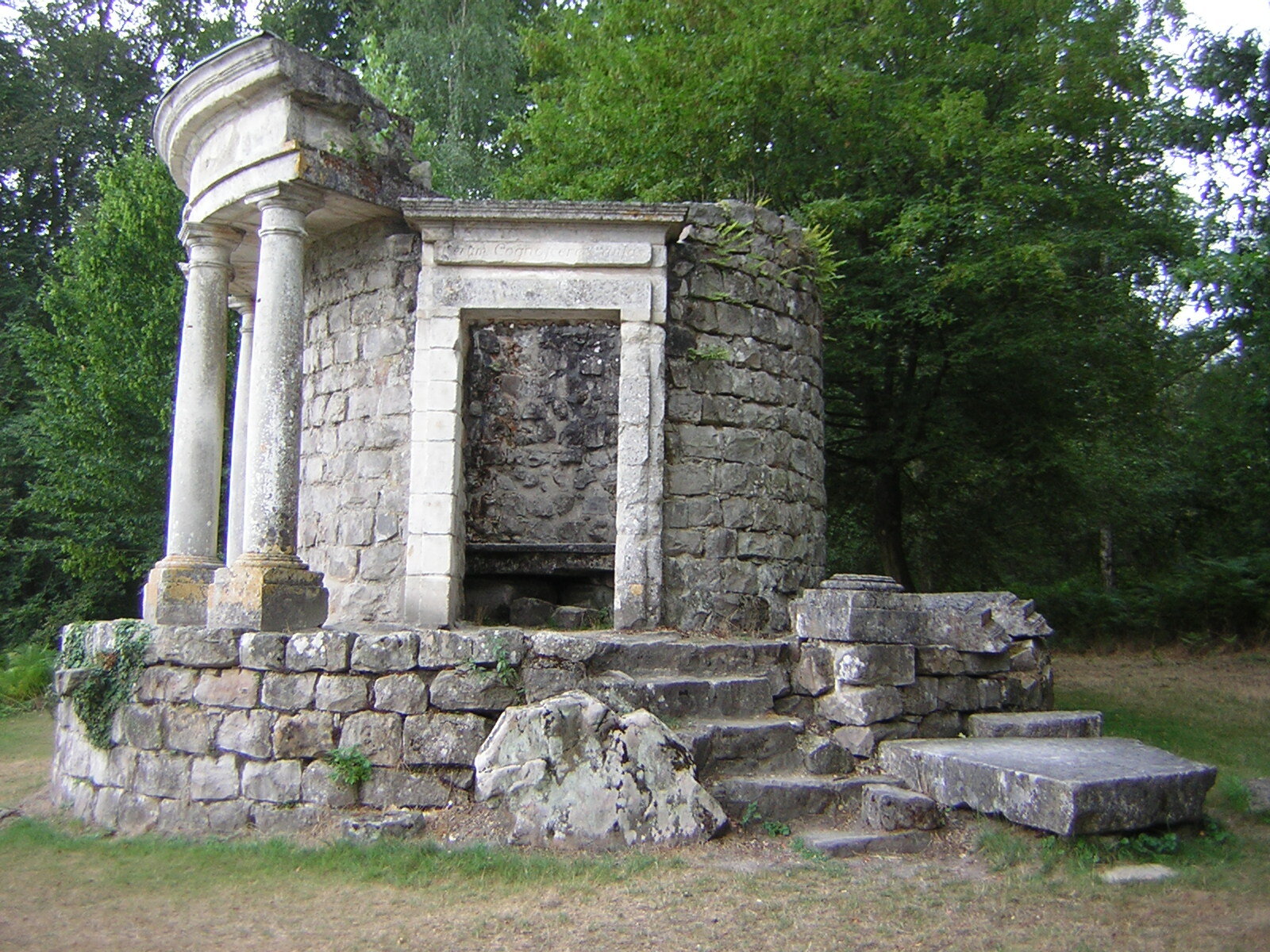The Long View 2007-08-04: “What amazing ruins we are going to leave.”
John J. Reilly echoes [foreshadows?] here what the new urban design movement has been saying on Twitter:
I do reflect on the fact that it was the pride of earlier bridge builders that there work was overdesigned. Actually, the first example I thought of in this connection was the Brooklyn Bridge, but I have since learned that it is on New York State’s list of iffy bridges. The towers and the span over the East River really are as solid as they look, but the state of the newer access ramps make New York City’s engineers uncomfortable. In any case, the practice of overdesign was to some extent a result of imperfect knowledge. If you were a civil engineer and you did not quite know what you were doing, you did more of it than seemed reasonable, just to stay on the safe side. This was a principle of all construction until architects came along. People prefer old houses in part because they were built to customary patterns that evolved. The builders knew, after generations of trial and sometimes fatal error, what would not fall down. These designs were far more than was necessary, but their solidity is a continuing comfort to what is now a third century of owners in some parts of urban America.

The Temple of Philosophy at Ermenonville
By Parisette - Own work, CC BY-SA 3.0, https://commons.wikimedia.org/w/index.php?curid=1046507
“What amazing ruins we are going to leave.”
I actually remember giving voice to this adolescent sentiment about 1970, when I had the excuse of being an actual adolescent; and moreover, an adolescent living in northeastern New Jersey, a region famous for huge, shabby infrastructure that looked ruinous even when it was still in use. Since then, I have heard grown adults say the same thing, sometimes when cameras and microphones were present to record the event. The fact that more than one person has had this idea does not mean that it has merit, however, and the recent Interstate 35 West Bridge disaster in Minneapolis--St. Paul has caused me to reassess the question.
Mark Steyn has already noted that it is embarrassing to be called upon to have a political opinion about an incident like this. I can avoid the embarrassment only because I don’t have a political opinion on the matter, and I don’t see where I might acquire one. The closest I come is relief that so few people were killed. I have seen the bridge; anything manmade that crosses or contains the Mississippi River is going to be awesome, even that far north. The structural collapse was of comparable magnitude. As it was, the list of confirmed deaths now is smaller than that of some two-car collisions: cold-comfort, perhaps, but some.
I do reflect on the fact that it was the pride of earlier bridge builders that there work was overdesigned. Actually, the first example I thought of in this connection was the Brooklyn Bridge, but I have since learned that it is on New York State’s list of iffy bridges. The towers and the span over the East River really are as solid as they look, but the state of the newer access ramps make New York City’s engineers uncomfortable. In any case, the practice of overdesign was to some extent a result of imperfect knowledge. If you were a civil engineer and you did not quite know what you were doing, you did more of it than seemed reasonable, just to stay on the safe side. This was a principle of all construction until architects came along. People prefer old houses in part because they were built to customary patterns that evolved. The builders knew, after generations of trial and sometimes fatal error, what would not fall down. These designs were far more than was necessary, but their solidity is a continuing comfort to what is now a third century of owners in some parts of urban America.
With the growth of the architectural profession, the rule of thumb was replaced by knowledge, which meant that new structures would be just as good as the science contemporary with the designer, and not one whit better. I must confess to a regional prejudice when I first heard fragmentary news reports about the I-35W disaster. When I heard the word “Mississippi,” I thought, “Ah, County Commissioner Jim Bob in Alabama or some such place has embezzled too much of the strut money.” But no: the accident happened in the land of good government and sound engineering. The problem is that by the late 1960s, when the bridge was built, sound engineering had moved away from old-fashioned nuts-and-bolts to welded construction. There are problems with nuts-and-bolts, and the new construction techniques are in some ways an advance, but maybe they are better in the way that just-in-time manufacturing is better than the earlier practice of accumulating large inventories: everything works superlatively, or it does not work at all.
Paul Johnson is on record as saying that the public architecture of the third quarter of the 20th century is the ugliest since the fall of Rome. It would be some consolation if we knew that much of this work will now be disassembled for safety reasons, but maybe that is too much to hope for. About the architecture of the final quarter he is far more complimentary, but partly because so much of the most interesting architecture is supposed to be fun and ephemeral. This is a strange thought to someone of my generation, but I wonder whether the last half of the 20th century, and perhaps the whole of the 21st until things settle down again, are going to leave less of an architectural imprint than the first half of the 20th century will leave. Arthur Clarke toyed with this idea in Imperial Earth, which describes a 23rd-century Manhattan in which the only surviving skyscraper is the Empire State Building. (And the others were disassembled as the need for office space declined; civilization had by no means collapsed.)
It is not, perhaps, an endorsement of these reflections to note that Albert Speer had thoughts along the same line. In his capacity as Hitler’s architect, he noted how quickly modern public buildings decayed. He proposed a “thousand-year-rule” to Hitler: let public buildings be built to such a standard that they would still leave respectable ruins after a thousand years of neglect. Hitler’s entourage was outraged by the suggestion that the Reich might ever fall like Rome, but Hitler loved the idea. And in fact Speer incorporated this standard into his later work (which is sort of an Art Deco take on Neoclassical: fine if you like that sort of thing). After Speer was released from prison, however, he realized that he had not known what he had been doing. His surviving buildings, not a small collection, had weathered badly. They were not Romantic ruins; they were just wrecks.
There is a lesson here, I think. There is a certain kind of esthetic sentiment that appreciates the charm of antiquity so much that it will manufacture history to satisfy the demand. This is what gave us the follies (not a term of reproach, by the way) of the 18th century: “ancient ruins” made to order for formal gardens and the like. In a way, it’s also what gives us historical theme parks. And there is nothing wrong with theme parks. We should beware, though, the temptation to imagine ourselves living in the first draft of one. The past the future will see is not always ours to determine.
Copyright © 2007 by John J. Reilly
Support the Long View re-posting project by downloading Brave browser. With Both Hands is a verified Brave publisher, you can leave me a tip too!



Comments ()